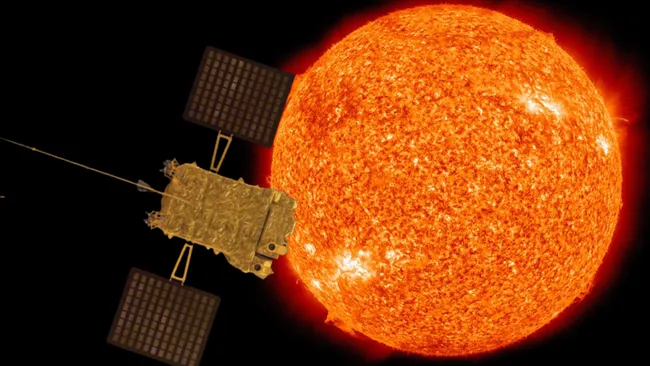Aditya L1 : What it is, How it will Travel to the Sun, It's Exploration Devices and More!
Find out mind blowing information about ISRO and space on Cosmexplainers
Aditya L1 is India's Parker Solar Probe. Aditya L1 aims to explore the sun while orbiting it. It is going to be launched by ISRO on September 2 2023- 11:50 IST. It will be another feather in ISRO's cap after the recent Chandrayaan 3 success.
Aditya L1 was long awaited as it would be a major rocket booster in the space sector in India.
Aditya L1's "L1"refers to the Lagrange Point 1. Lagrange Point is a point in space in which the centripetal forces (of 2 celestial bodies) equals which results in no net movement of the spacecraft. This also helps in the reduction of fuel use and results in the satellite staying in the same position.
The Lagrange Point 1 is about 1.5 million km away from the Earth. (which is about 1% of the Sun-Earth distance) Lagrange Point is named after Italian mathematician Louis-Lagrange. The PSLV-C57 rocket will set the Aditya L1 spacecraft into the Lagrange Point 1. This will provide a major advantage in studying the sun without any eclipses. This will also create an advantage of the study of sun and its effects on space weather in real time. The spacecraft is equipped with seven payloads that use electromagnetic, particle, and magnetic field detectors to study the photosphere, chromosphere, and the Sun's outermost layers (the corona). Four payloads use the unique vantage point L1 to observe the Sun directly, while the remaining three payloads conduct in-situ particle and field studies at the Lagrange point L1. This allows for significant scientific research on the propagation of solar dynamics in the interplanetary medium.
This mission might just solve the mysteries of the Sun, like understanding coronal heating, coronal mass ejection, flare up and flare activities.
The major scientific objectives :
- Study of the solar upper atmosphere (chromosphere)
- Study of the mysteries of the sun
- Study of the environmental data in-situ.
- Solar Corona, it's heating mechanism's & the physics behind it.
- Coronal loops of plasma: its mechanism, temp, etc.
- CME(Coronal Mass Ejections)'s its origin development, etc.
- Sequence of processes leading to solar eruptive flares.
- Space weather and its factors
- Magnetic Field measurements
Aditya L1 and its Payloads:
- https://www.isro.gov.in/media_isro/pdf/Aditya_L1_second_booklet.pdf
- https://www.isro.gov.in/media_isro/pdf/Aditya_L1_Booklet.pdf






hi bhaiya long time no see............the prev post was better (by arav bhaiya) anyways this is also good but the prev post was trully excelent 。◕‿◕。
ReplyDeletegreat sir
ReplyDelete